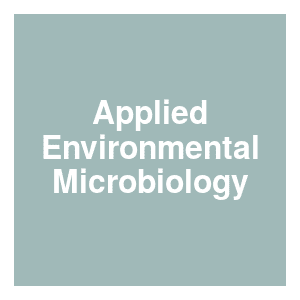Two newly introduced Wolbachia endosymbionts induce cell host differences in competitiveness and metabolic responses

|
T. P. Li, S. S. Zha, C. Y. Zhou, X. Xia, A. A. Hoffmann and X. Y. Hong,
Appl Environ Microbiol,
Aem0147921.
2021.

Wolbachia endosymbionts can induce multiple reproductive manipulations in their hosts, with cytoplasmic incompatibility (CI) being one of the most common manipulations. The important agricultural pests, white-backed planthopper (Sogatella furcifera) and brown planthopper (Nilaparvata lugens), are usually infected with CI-inducing Wolbachia wFur and non-CI-inducing Wolbachia wLug, respectively. The biological effects of these infections when present in a host cell are unknown. Here, we introduced the two Wolbachia strains into an Aedes albopictus cell line to stably establish a wFur-infected cell line (WFI) and a wLug-infected cell line (WLI). In a mixed culture, WFI cells were completely replaced by WLI cells, pointing to a stronger competitiveness of the WLI cell line. We found that infection by both Wolbachia strains reduced cell growth rates, but WLI had a faster cell growth rate than WFI, and this difference in cell growth rate combined with possible Wolbachia differences in diffusivity may have affected cell competitiveness. By examining gene expression and metabolites in the two lines, we found that some genes and key metabolites responded to differences in cell competitiveness. These results point to potential mechanisms that could contribute to the relative performance of hosts infected by these strains and also highlight the substantial impact of a non-CI Wolbachia on metabolism, which may in turn influence fitness of its native host. IMPORTANCE Wolbachia transinfection in insects can be used to suppress pests and block virus transmission. We stably introduced two Wolbachia strains from rice planthoppers into cell lines of an important arbovirus mosquito vector, Aedes albopictus. The competitiveness of host cells from the lines infected by the two Wolbachia strains was different, as were metabolic responses of the cell lines. These results suggest potential metabolic effects of Wolbachia on native hosts which could be exploited when they are transinfected into novel hosts for pest control. More related to this: Selfish DNA as method of pest control Detrimental effects of an autosomal selfish genetic element on sperm competitiveness in house mice Population dynamics under parasitic sex ratio distortion Sperm competition suppresses gene drive among experimentally evolving populations of house mice
|



